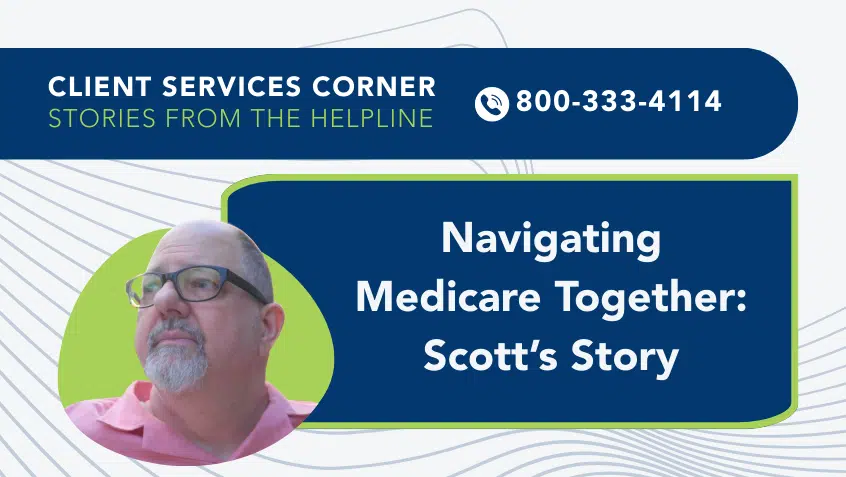Join Us Live for a Discussion on Medicare, Democracy, and the Future of Health Care
HHS Projects Significant Medicare Beneficiary Savings Under the IRA

The Inflation Reduction Act (IRA) made key changes to improve prescription drug affordability for people with Medicare. Important reforms that are already in place or will be soon include limiting beneficiary insulin costs to $35 per month, making recommended Part D vaccines available at no charge, capping out-of-pocket (OOP) prescription drug costs at $2,000 a year, expanding the full Part D Low Income Subsidy (LIS) to people with incomes at or below 150% of poverty, and redesigning the Part D benefit to eliminate the coverage gap and enrollee coinsurance in the catastrophic phase.
A new report from the U.S. Department of Health and Human Services Office of the Assistant Secretary for Planning and Evaluation (ASPE) finds that people with Medicare will see significant savings once these provisions are fully implemented in 2025.
ASPE estimates one out of every three Medicare Part D enrollees, 19 million people, will have their OOP costs reduced by about $400, and some will save even more. Over 8 million enrollees will see a $759 reduction, and nearly 2 million people will save at least $1,000—$2,500, on average—a 66% decrease relative to their current costs.
Callers to Medicare Rights national helpline regularly report struggling to afford the prescription medications they need to maintain their health and well-being. And they are not alone. In 2021, over 5 million people with Medicare are estimated to have had difficulty paying for their prescriptions, with Black and Latino beneficiaries being disproportionately affected. That same year, nearly 20% of older adults said they had not filled a prescription in the past two years, most citing affordability concerns. The IRA’s affordability mechanisms will provide much needed relief.
Future ASPE reports may examine other benefits of the IRA’s Part D changes, like increased access to needed drugs. It is anticipated that under the IRA, people with Medicare will be able to afford prescription medications they previously could not, thereby boosting treatment adherence, improving health outcomes, and reducing the need for—and Medicare spending on—more costly care.
Importantly, other aspects of the IRA, including the inflation rebate cap and drug price negotiation, are expected to generate additional savings for enrollees and taxpayers.
Show Comments
We welcome thoughtful, respectful discussion on our website. To maintain a safe and constructive environment, comments that include profanity or violent, threatening language will be hidden. We may ban commentors who repeatedly cross these guidelines.
Help Us Protect & Strengthen Medicare
Donate today and make a lasting impact
More than 67 million people rely on Medicare—but many still face barriers to the care they need. With your support, we provide free, unbiased help to people navigating Medicare and work across the country with federal and state advocates to protect Medicare’s future and address the needs of those it serves.
The Latest
Most Read
Add Medicare to Your Inbox
Sign up to receive Medicare news, policy developments, and other useful updates from the Medicare Rights.
View this profile on InstagramMedicare Rights Center (@medicarerights) • Instagram photos and videos









